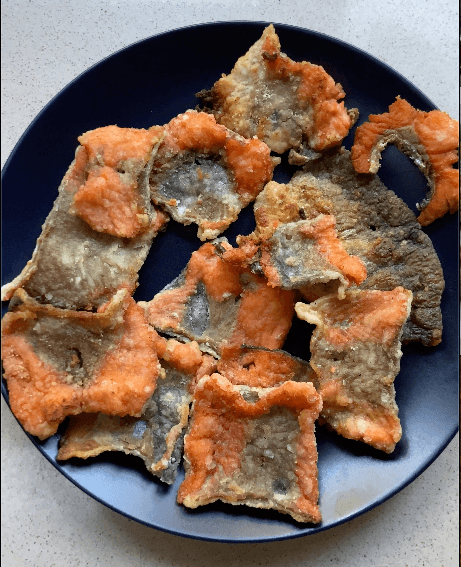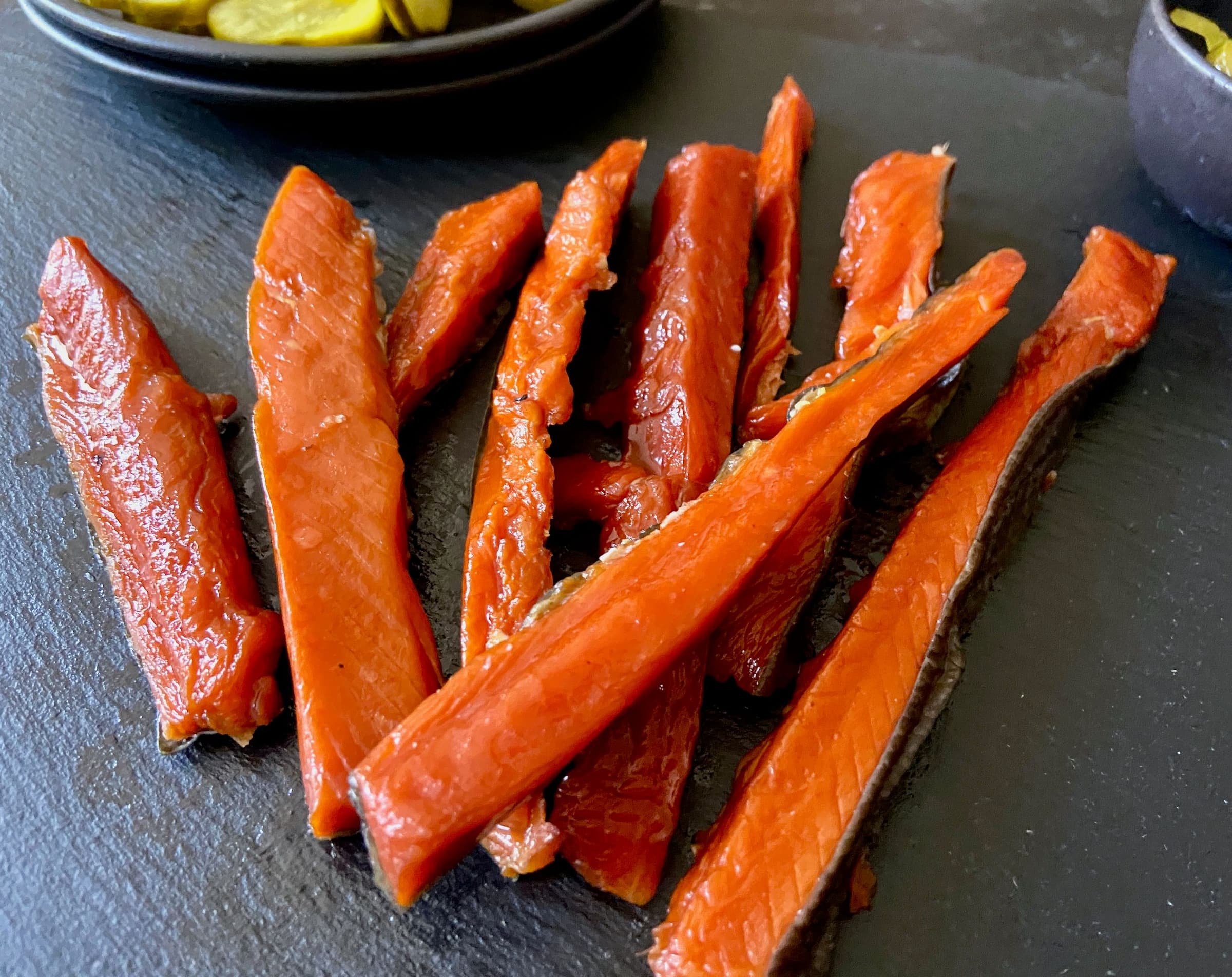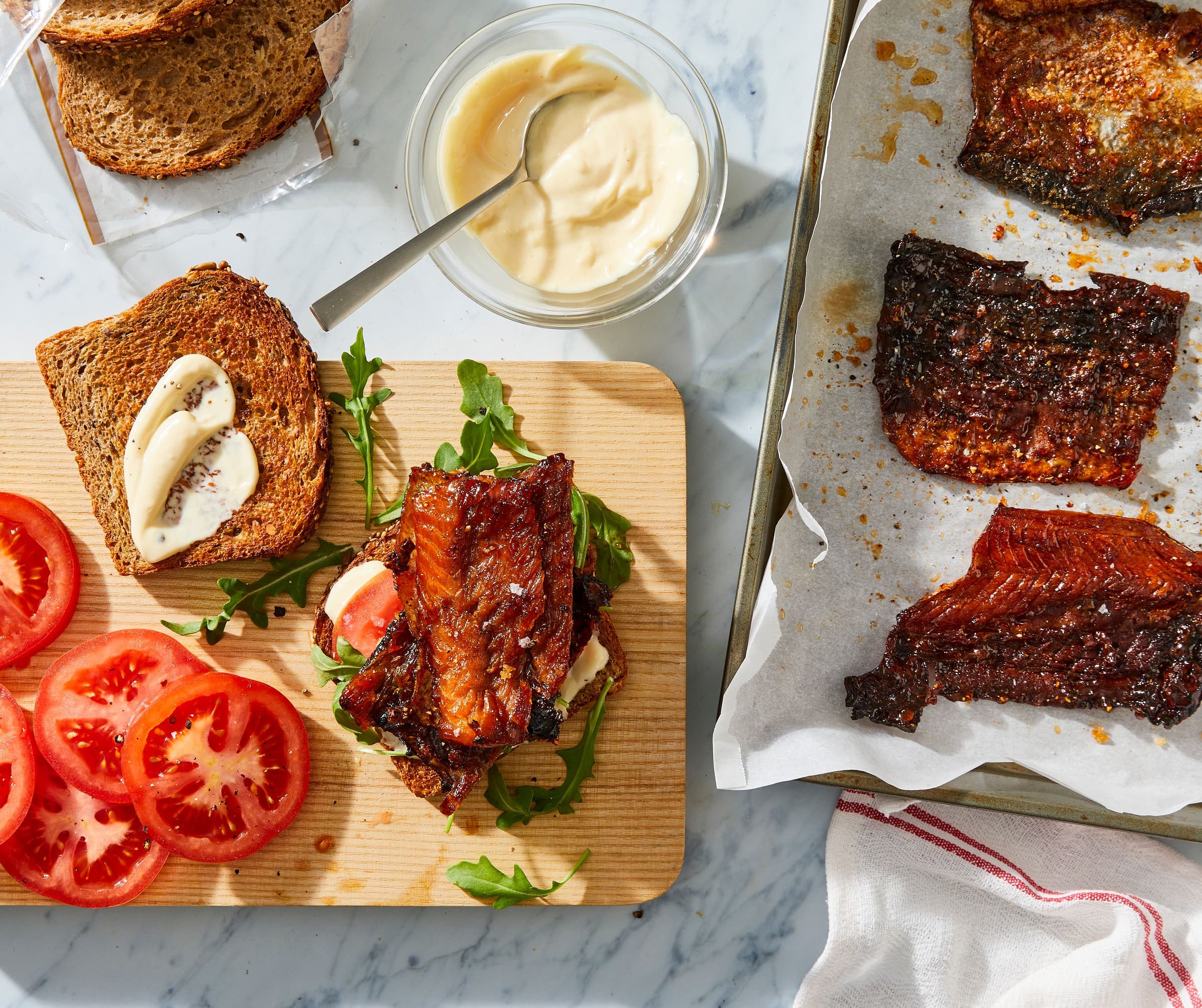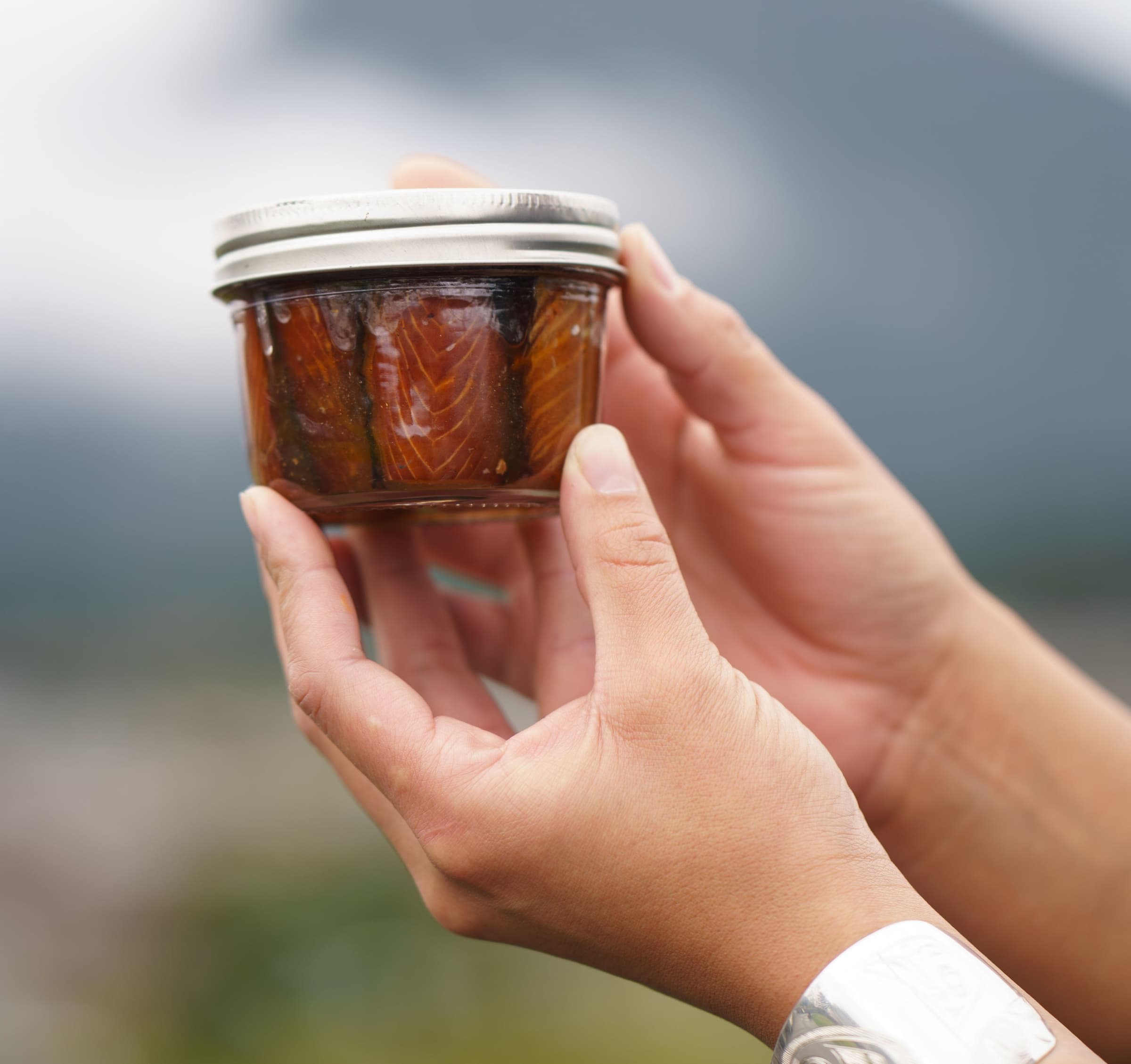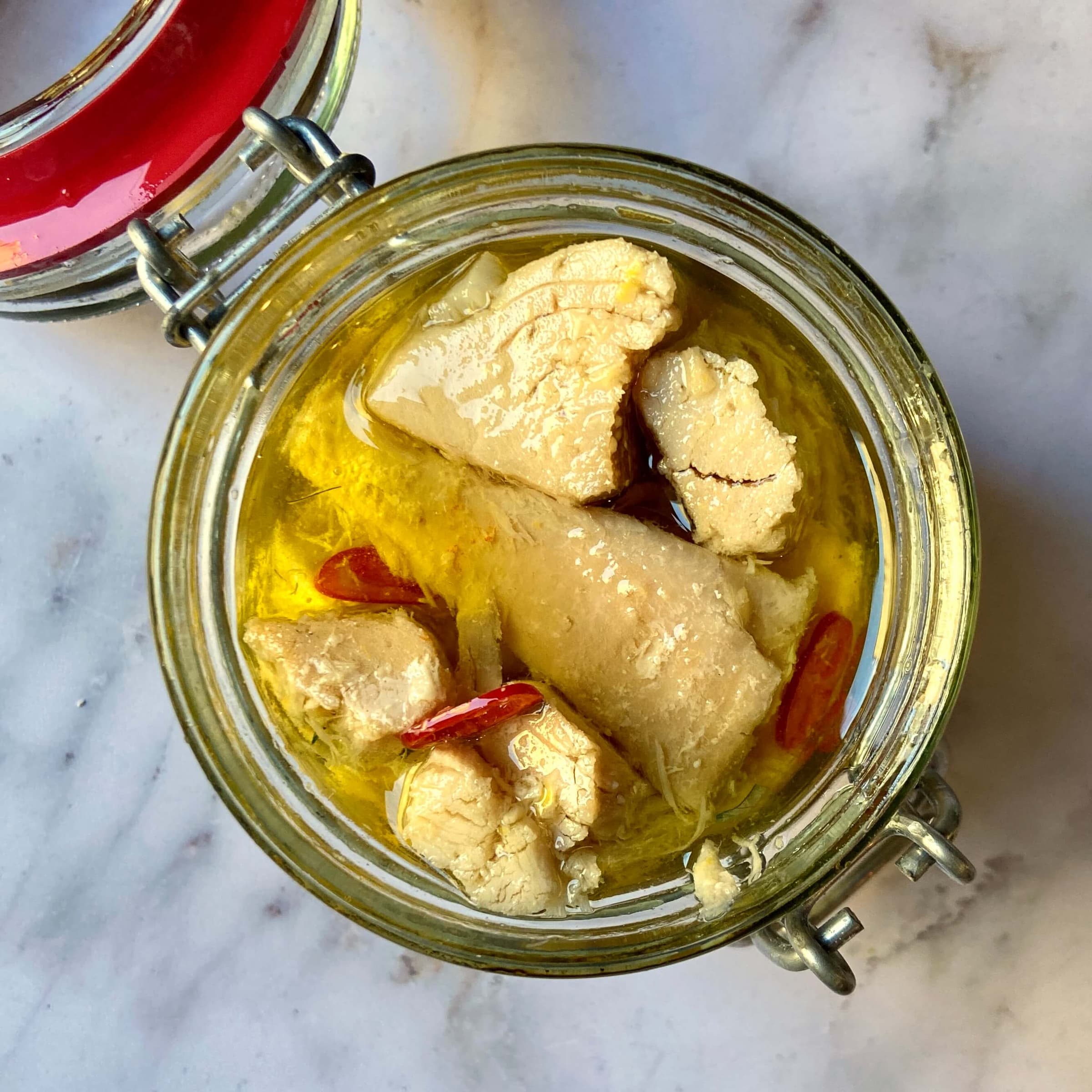April 22 is Earth Day — the perfect time to talk about some of the small ways we, as individuals, can honor, protect, and preserve our beautiful planet.
Shopping locally, cooking seasonally, recycling, composting — these top the list of admirable efforts to reduce greenhouse gasses. But one of the best ways to serve the planet is to not waste its precious resources in the first place.
Take what you'll eat. Eat what you take
An early memory I have of my grandmother was, where else, at the dinner table. A pragmatic woman, having lived through the Great Depression and rationing during WWII, she said “Take what you’ll eat, but eat what you take”. It wasn’t begrudging or judgemental, simply direct. And considerably less manipulative and guilt-inducing than cajoling me into becoming a member of the “clean plate club” or frightening me with devastating images of hungry children halfway across the world.
The beauty of take what you’ll eat and eat what you take serves several ideals. First, there’s no food waste — which amounts to 27 million tons of tossed food, valued at close to $400 billion dollars, annually. Shameful, especially when food insecurities exist for so many right here at home. It also reduces greenhouse gas emissions by not making its way into landfills. And, maybe less tangible, it shows a deeper appreciation for the people who produced our food and the land and water from which it came.
Fight food waste
We can fight food waste at home in a bunch of different ways.
- We can repurpose leftovers by turning one meal into something new and equally yummy the next day or even several days.
- We can use throw-away ingredients like shrimp and crab shells to make seafood stock or salmon skin to make salmon skin BLTs.
- Or we can salvage something that’s about to expire, like co-founder Marsh Skeele does.
Marsh’s home freezer glitched out recently, compromising the quality of its contents. Rather than toss the salmon, he dry-brined it, then cold-smoked it, and pressure-canned it to enjoy in the coming months. Marsh recommends smoking any salmon that’s been in your freezer for more than 8 months, or if the seal is popped and doesn’t show signs of freezer burn or discoloration. You can do this too, but without a pressure canner, you will need to refrigerate the smoked salmon, which would be good up to 2 weeks. You can also vacuum seal it and keep it in the freezer for a bit longer. For a super easy version, try this DIY smoked fish recipe.
If smoking isn’t your thing, you can turn any fish approaching its best-by date into cakes, meatballs, burgers, wontons, or soups to freeze for later. Yes, it’s ok to refreeze fish that’s been cooked or prepared as long as it’s well packaged. For more ideas, check this blog out. Oil-poached albacore, halibut, salmon, or cod can be stored, fully submerged, in its aromatic poaching oil in the refrigerator for a few weeks. It makes a delectable salad or sandwich filling.
But even before the fish lands on our plates, the people who catch, process, and pack our seafood make the most of their catch by using as much of the fish as possible. After fillets are cut from the fish frames, the bones are scraped and picked clean, resulting in salmon or halibut burger meat. The fish frames are then commercially processed into fertilizer or fish stock or returned to the ocean to feed other marine animals. Big meaty halibut cheeks and rich and fatty salmon collars are by-products that were until recently, reserved for fishermen and their families. Like “butcher’s cuts,” these special discards represent tip to tail eating.
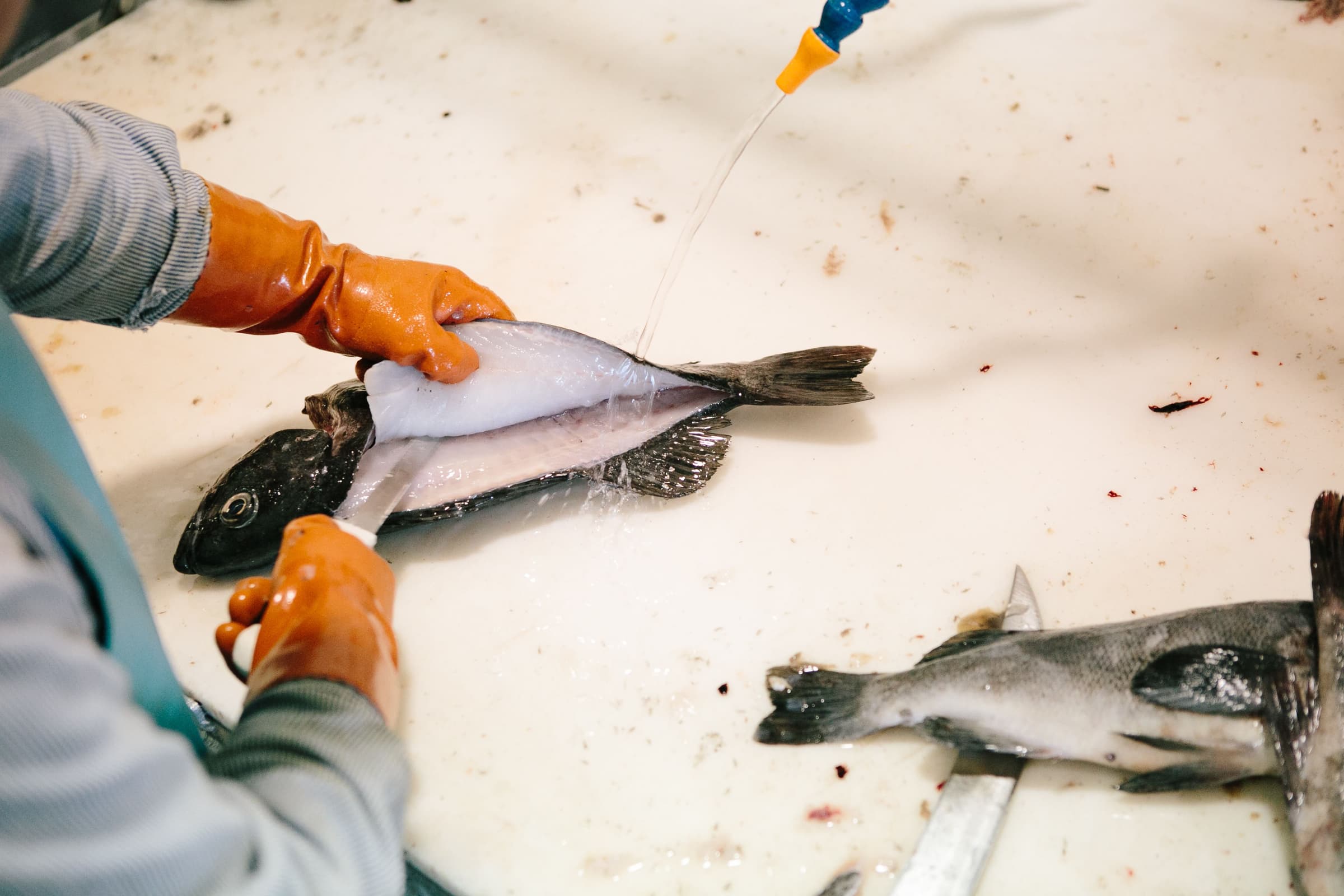
Last year, we shifted to consistent (generally 5- to 7-ounce) portion sizes. If you’ve been with us longer than that, you may remember the size variations. While consistent portions are easier to cook and serve, there is additional waste. In order to get those perfect center-cut fillets, the neck and tail pieces and belly flaps are trimmed and discarded. However, with that shift to consistent portions, we also undertook great efforts to make use of those “offcuts” in order to eliminate waste and bring interesting new products to you all.
Our marketplace offers some of these on frequent rotation. You can often find salmon captain’s cuts and rockfish or cod bits and pieces (offcuts from larger fillets), halibut cheeks, salmon collars, and sablefish tips. And the salmon and cod pieces that we don’t sell directly to you are repurposed into our sweet and smoky salmon candy and breaded cod nuggets.
The salmon offcuts tend to be from tail pieces which, fortunately, include very few pin bones. They do still have the skin on and it can be a little time consuming and finicky to remove the skin from so many small pieces. But, in the true spirit of upcycling — making something out of nothing — it is well worth the effort if the end result is crispy, crunchy salmon cracklings. So sharpen your knives, secure your cutting boards, and zen out on the skinning process. Then dust the salmon skin with a little cornstarch and shallow-fry until golden and crispy! Here’s the best part: don’t worry if you leave a little extra meat on the skin. It won’t go to waste.
Happy Earth Day
